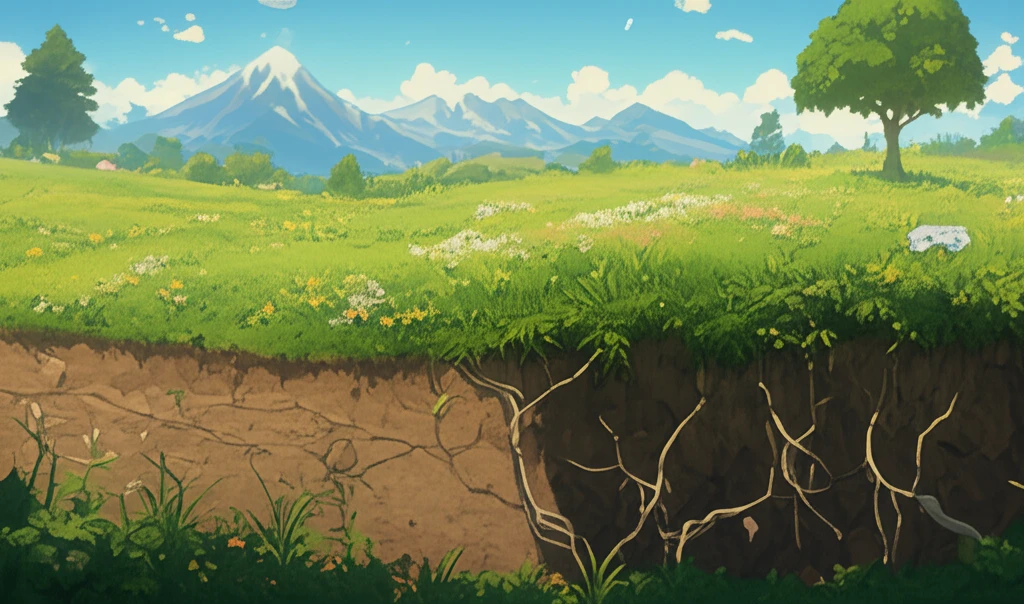
From Barren to Beautiful: The Secrets to Restoring Mountain Grasslands
"Discover how strategic seeding, climate awareness, and soil management can transform degraded mountain landscapes into thriving ecosystems."
Mountain grasslands are biodiversity hotspots, essential for ecological balance and species conservation. In Europe, these grasslands are particularly precious, often harboring rare and endemic species. Unfortunately, human activities such as quarrying, infrastructure development (ski slopes), and natural disasters like landslides have led to the degradation of these vital ecosystems, leaving behind barren or raw soil areas.
Restoring these damaged landscapes is a complex challenge. Unlike typical agricultural lands, raw soil sites in mountainous regions present unique obstacles: poor soil quality, harsh climatic conditions, and limited accessibility. Traditional restoration methods often fall short, highlighting the need for innovative and evidence-based approaches. Key to this is understanding how various factors interact to influence plant establishment and long-term vegetation cover.
This article delves into the science of mountain grassland restoration, drawing on a multi-year study conducted in the Italian Alps. We'll explore the impact of sowing strategies, fertilization, soil composition, and climate on the transformation of raw soil into thriving grassland ecosystems. Whether you're an environmental scientist, conservationist, or simply a nature enthusiast, you'll gain valuable insights into the art and science of ecological restoration.
The Science of Restoration: Key Factors for Success

The study, conducted across six different sites in the Italian Alps, meticulously examined the effects of various factors on plant density and vegetation cover over a period of three to six years. The research team considered a range of altitudes (79 to 2017 meters above sea level) and soil types, each presenting unique challenges. Seeds collected from nearby, healthy grasslands were sown at varying densities, and the impact of fertilization was also carefully assessed.
- Native Seeds are Key: Prioritizing local seed sources ensures better adaptation and long-term success.
- Stony Ground Advantage: During initial growth, rocky soil provide shelter.
- Climate Matters Most: Over the long term, climate conditions such as growing season length are important.
- Fertilize Wisely: Can speed up growth, but also look at improving the soil quality over time.
Restoring Our Mountain Heritage: A Call to Action
The restoration of mountain grasslands is not just an environmental imperative; it's a commitment to preserving our natural heritage. By understanding the intricate relationships between seed sources, sowing strategies, soil conditions, and climate, we can effectively transform degraded landscapes into thriving ecosystems. The lessons learned from the Italian Alps offer a blueprint for successful restoration efforts worldwide, paving the way for a greener, more resilient future.
